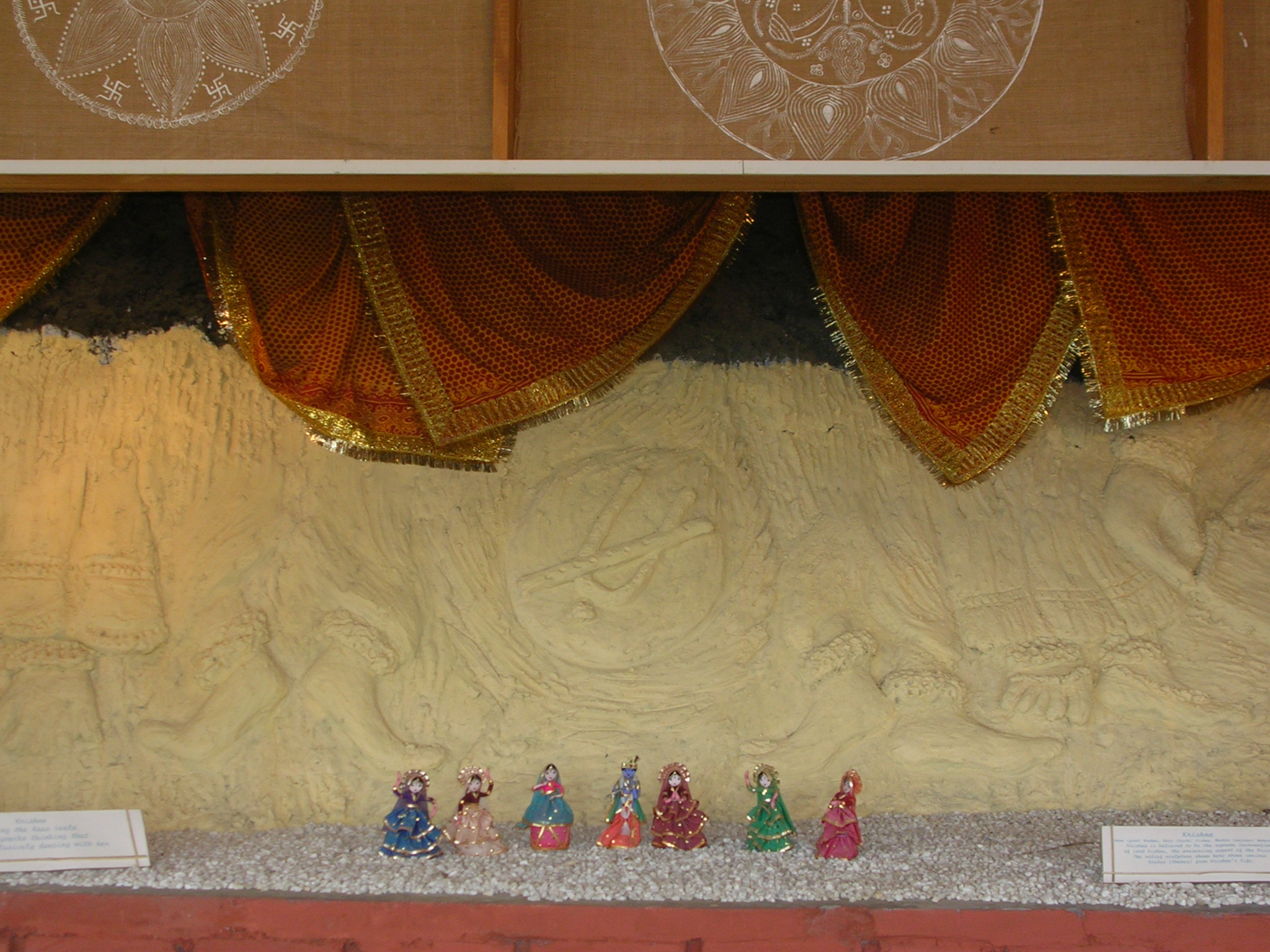Welcome to Bhakti yoga
The various spiritual endeavours of a being, can be broadly classified as :
Dhyan (Raja) Yoga
Gyan (Knowledge) Yoga
Bhakti ( Devotion) Yoga
Karma (Work) Yoga
Bhakti Yoga – This is not going to be just my interpretation but what is the undisputable knowledge about bhakti concept.
Those of us who are inclined to pursue devotion as our spiritual path, first of all need to figure out our object of devotion.
Is it the formless, abstract, undefinable supreme consciousness, or the divine who has a form and name? The former is very tough and long path while the latter has been successfully pursued for ages by many.
In India there is no dearth of choices. 330 million deities to choose from!! And one is always welcome to add new personal choices! From earlier ages or even a contemporary living deity!!
Normally a guru would advise an aspirant to pursue devotion to that deity, to whom the aspirant is in tune, temperamentally. Or a deity whose attributes would have a spiritually advancing effect on the aspirant.
Like all light bulbs are connected to the one single electricity source, all deities are one with the supreme consciousness. For the human mind’s limited understanding to come to terms with the formless, attribute less, divine, this approach of choice of deities has been presented. A devotee is at liberty and in fact encouraged to place his chosen deity on the highest pedestal amongst other deities.
Having chosen the deity, or more likely the deity pulled the aspirant towards itself, comes the next step.
A deity lives in a name, a form, an abode and leela (stories of deity’s deeds). The devotee has to understand which of the deity’s names, he can choose and repeat as mantra. He has to further visualize the form, from the description of the deity. He can make efforts of visiting the deity’s abode. He has to read, listen and share with interested fellow devotees, of the deity’s leela.
Now comes the next step. finding a relationship with the deity. There is lot of choice here. Some common ones are that of a child to parents, or vice versa, a sibling, a friend, a spouse, a partner, a lover or an extra marital lover, a servant, or an enemy.
The purpose being, any relationship which can help, draw out the strongest emotions in the devotee. This need not necessarily be disclosed to anyone. There is no competition in bhakti. The deity is capable of having exclusive all fulfilling relationships with each devotee. Thus there is no need for any jealousy.
The stronger the bhaav (attitude, feelings) of a devotee, the greater would be his progress. The bhaav is always reciprocated by the chosen deity. Whether a deity from ancient times or a contemporary living deity, there are umpteen stories of how out of nowhere the deity manifests to help, be with or interact with the devotee, on a strong bhaav from devotee.
Towards developing this bhaav, the following, known as Navadda bhakti (nine techniques are employed)
1). Hearing about God (Shravana)
2). Chanting His Name and Glory (Kirtana)
3). Remembering Him (Smarana)
4). Serving His Lotus Feet (Pada Sevana)
5). Worshipping Him as per the Scriptures (Archana)
6). Prostrating before Him (Vandana)
7). Being His Servant (Dasya)
8). Befriending Him (Sakhya)
9). Offering Oneself to Him (Atma Nivedana)
Now interestingly, unlike raja, gyan or karma yoga, liberation is not the goal in bhakti yoga. Instead of dissolving one’s ego totally and submerging in the supreme consciousness, the devotee wishes to hold on the separation between himself and the deity, so that he can continue to enjoy the bliss of devotion to his deity.
There are four final stages in bhakti yoga.
Sayujya – when the devotee submerges in the deity.
Sarupya – when devotee gets the form of the divine.
Samipya –when the devotee gets to be in proximity to the deity.
Salokya – when the devotee gets to be in the same abode that of the deity.
Of these, the Sayujya one, devotees do not aspire for, as they compare even liberation to worse than hell. This is as they cannot and don’t ever want a state where they cannot enjoy their deity and remain devoted to the deity.
Now for one to have sessions with others in Bhakti yoga, one has to be sure that the others have the same deity as oneself and chant the same deity’s names / mantra. Listen to that deity’s leela and keep the same deity’s image in front of them.
Then their devotion would grow.
No mix and match should be done, as that would dilute the bhaav and even raise doubts of his own deity’s greatness in devotee’s mind.
In advanced stages of bhakti yoga, the devotee starts seeing the same deity in all deities and others too. At that time, all names and forms are to the devotee, of his deity only. Initially it is strongly advised to hold on to one single deity and one mantra.
